Over ages the Himalayas has been a centre of attraction, Rishis, royals, saints and sages have been drawn to it in the innate human quest for eternal freedom; freedom from the never-ending cycle of death and birth. In its western part lie the Cis-Satluj hills sparsely populated by the original inhabitants and the later emigrants, in over-whelming majority tilling the pin-head sized plots in a chancy endeavour to eke a modest subsistence. Right at the beginning of the period of study, that is, nineteenth century, the hills witnessed political upheaval of some magnitude resulting in the thirty-odd ruling princes bartering their independence in exchange for a modicum of autocracy in addition to territorial integrity of their fiefdoms guaranteed by the paramount British power in India. After making a brief reference to this episode of local history, the author turns the focus of attention on to the people; their life style, the community life they had; agriculture, to what was their usual diet and how they dressed etc., etc. The right a peasant had in the soil and the heavy price he paid for it to the Raja or Rana, the Malik-a-alla, in numerous forms, such as land revenue, cesses, in goods and services and the cross of unpaid forced labour (begar) and beth that he carried on his weary shoulders in addition has received special treatment at his hands. In short, agrarian economy is the focal point around which he has attempted the portrait. The publishers more than the author wish the book a generous response. But as an old adage goes if wishes were the horses the beggars would ride.
Himachal Pradesh: Now and Then
$52.20
$58.00

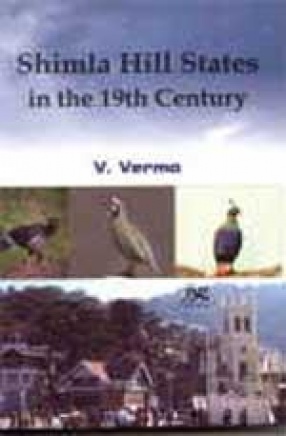
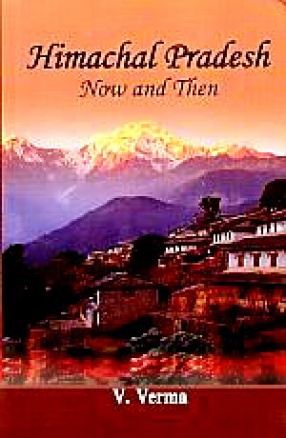
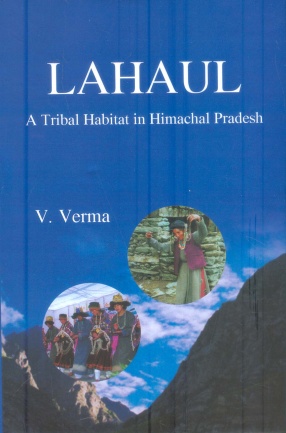
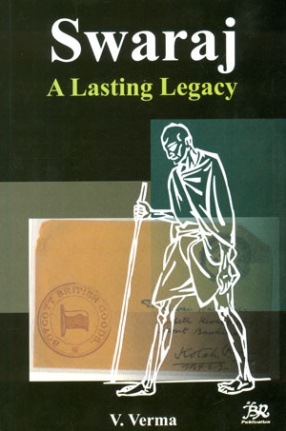
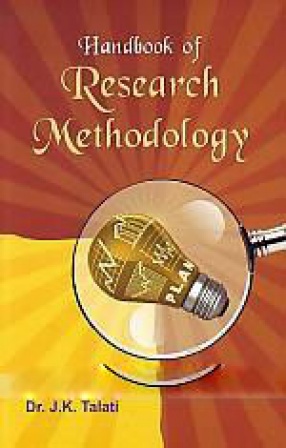

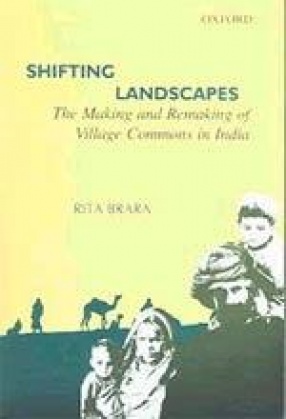
There are no reviews yet.